The History of Hatton Garden
Find out more about the history of Hatton Garden in this blog
London is one of the most vibrant cities in the world that offers something for everyone. From visiting Buckingham Palace exploring the disused, abandoned old tube stations, there's always a reason to visit London. Diamond Heaven love all things London, and one of our favourite places is London's Hatton Garden. Considered to be the jewellery capital of the UK, it is an iconic place to visit. Situated in the Holborn District of the London Borough of Camden, Hatton Garden is at the epicentre of the UK's jewellery trade. Millions of people flock there to buy diamond engagement rings, diamond earrings, loose gemstones and so much more. But what were the events leading up to Garden becoming reciprocal of London's Jewellery Quarter? We thought we'd have a look into the fascinating history Hatton Garden has to offer.
Ely Place to Hatton Garden - 1500's - 1600's
In 1577 Sir Christopher Hatton was gifted the property, Ely Place by Queen Elizabeth I. Formerly named Ely Place, senior members of the clergy lived in the property from the 1200's, until Christopher Hatton was ordered to take residency by the Queen. Between the 1500's to 1600's, the surrounding area of Ely Place was largely underdeveloped, apart from Ely Place, the chapel and the banquet hall. During the 1600's, Ely Rents was built, but this didn't help to improve the quality of life for the neighbouring communities.
The Development of the Gardens - 1700's
It wasn't until the 1700's that major developments of Ely Place and the surrounding zones took place. During this time, streets were built in the gardens, which formed the foundations of the current Ely Place and the Hatton Garden we know and love today!
Diamond Jewellery Growth - 1800's
As more developments took place in Hatton Garden, it began attracting businesses from Clerkenwell, which then sparked its reputation of becoming a notable area for jewellery and diamond production. The East India Trading Company fuelled Hatton Garden's growth and reputation even further by importing the majority of the world's diamonds from India to Hatton Garden.
In the late 1800's, Hatton Garden's global status as a leading place for diamond and gemstone was cemented by The De Beers Mine (now known as the Kimberley Mine). Discovered in 1871, De Beers was the most productive diamond mine in the world, and its discovery and subsequent exploitation gave Hatton Garden's reputation a significant boost. However, there was an even larger catalyst in the pipeline that would propel Hatton Garden as an industry leader in the diamond and gemstone industries.
"De Beers Consolidated Mines Limited" (now known as De Beers) was formed in 1888, after competitors Cecil Rhodes (on behalf of De Beers) and the London Diamond Syndicate (created by ten jewellers in Hatton Garden) merged their businesses together. Hatton Garden secured its status as a global name in the diamond and gemstone industry two years later. This deal meant that Hatton Garden could utilise De Beers' monopolisation of the diamond industry, giving them the opportunity to buy De Beers' entire supply of diamonds at a fixed price. This is why Hatton Garden in London is home to some of the world's finest jewellers.
The Hatton Garden Heist - 2015
Between the 3rd and the 6th of April 2015, one of the largest burglaries in English legal history (since 1066) took place. On Easter Weekend, the Hatton Garden Safe Deposit Company was burgled by a group of ten experienced thieves. According to the reports, the elderly men entered the premises via the lift shaft while it was closed for the Easter weekend. Once they entered, they drilled through 50 cm thick vault walls using a Hilti DD350 industrial power drill and stole £200 million worth of jewels. The heist was so significant that the Flying Squad, a branch of the Specialist, Organised & Economic Crime Command within London's Metropolitan Police Service investigated the case. Since then, eight men have been sentenced but only £4 million worth of jewels has been recovered to date. In September 2015, The Hatton Garden Safe Deposit Company announced that they had gone into liquidation - after the robbery, trade had "dried-up', causing them to become insolvent (The Telegraph).
Now
Hatton Garden's reputation has continuously grown throughout the years, despite two world wars, a great depression, numerous recessions, a massive robbery and severe competition across the globe. Whether someone is looking for the perfect solitaire diamond engagement ring, or they're after a spectacular diamond pendant, Hatton Garden is a destination in its own right and attracts millions of customers and tourists every year. It is also the last privately owned road in London.
Diamond Heaven in Hatton Garden
If you're visiting Hatton Garden, why not visit Diamond Heaven's London jewellery store? We're in the heart of the UK's jewellery scene, and will happily create custom jewellery for you with ease. Alternately you can get in touch with one of our experts, who will help you with your request here. Find out where to buy an engagement ring in London .



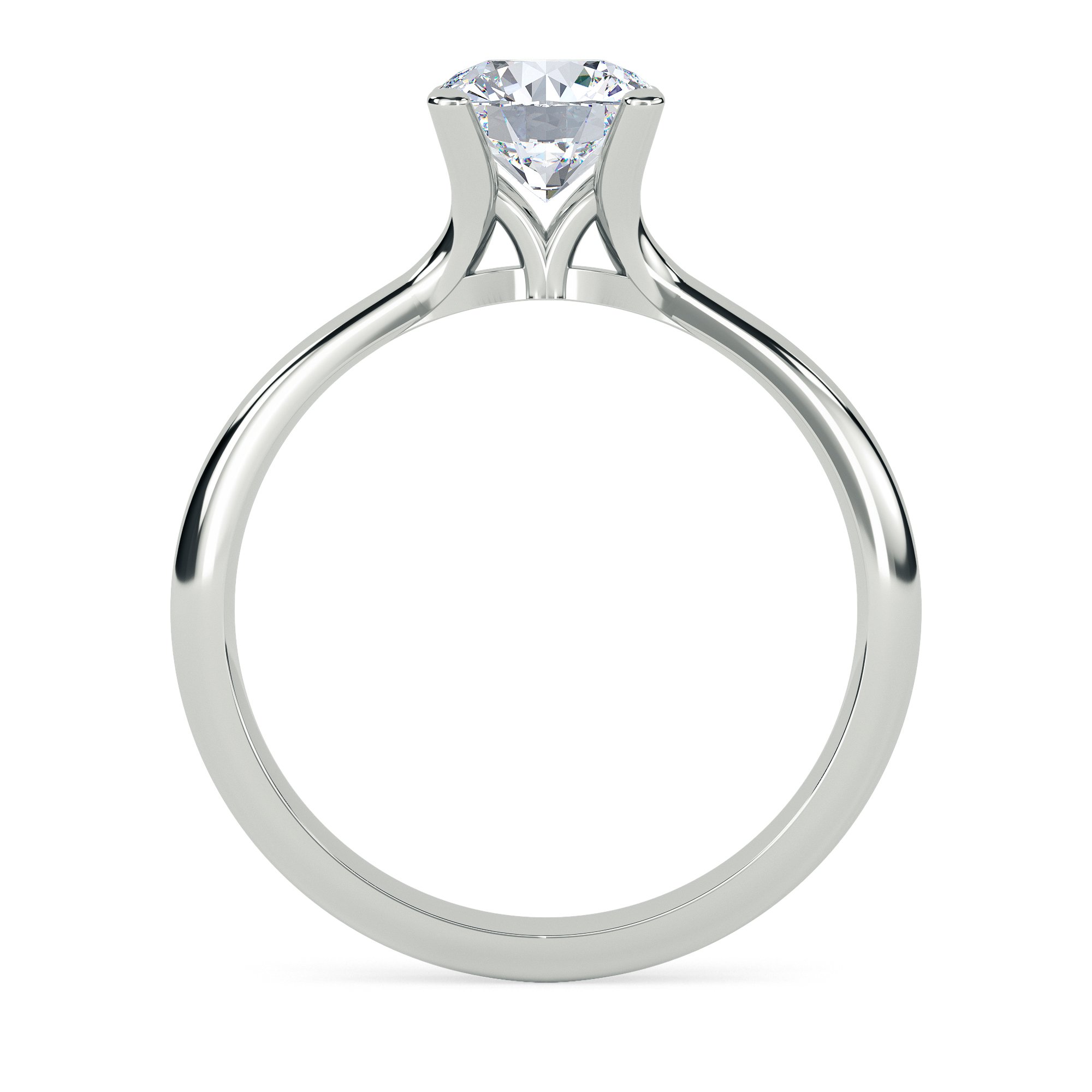
 Twitter
Twitter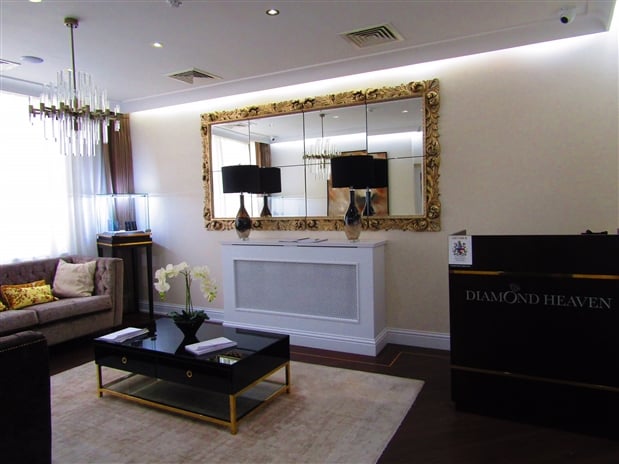
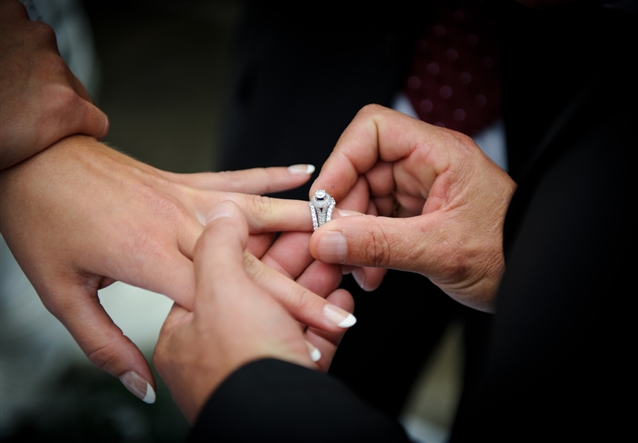 How to Buy an Engagement Ring in London
How to Buy an Engagement Ring in London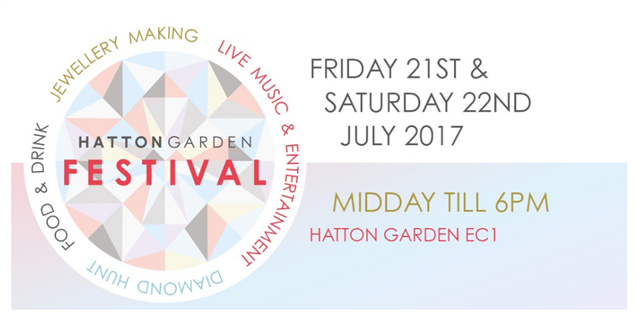 Hatton Garden Festival
Hatton Garden Festival The History of Hatton Garden
The History of Hatton Garden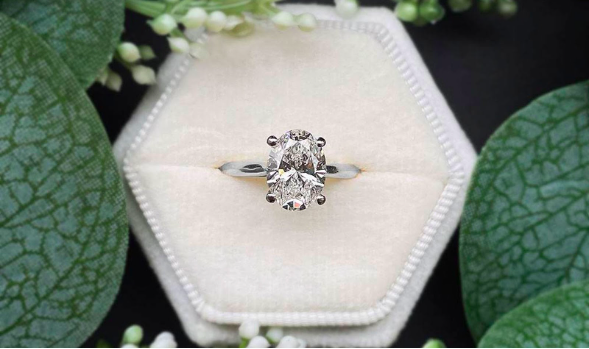 Best Places to Propose in London
Best Places to Propose in London